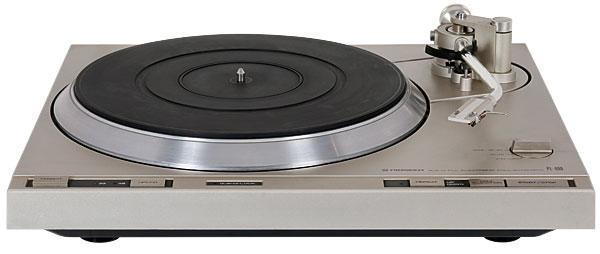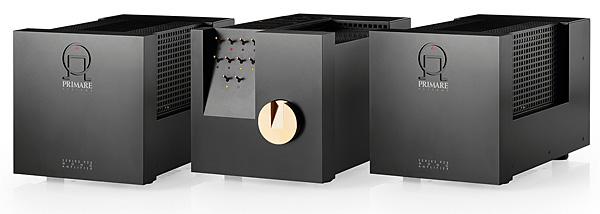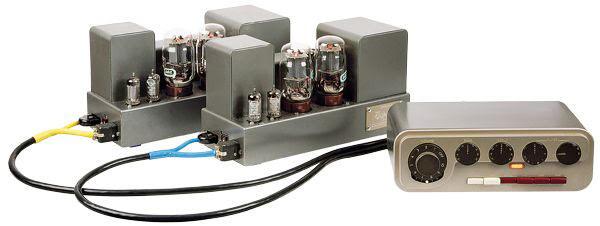Vintage
Sort By: Post DateTitle Publish Date
|
Apr 08, 2022
|
Jun 06, 2025 |
First Published: May 01, 2025
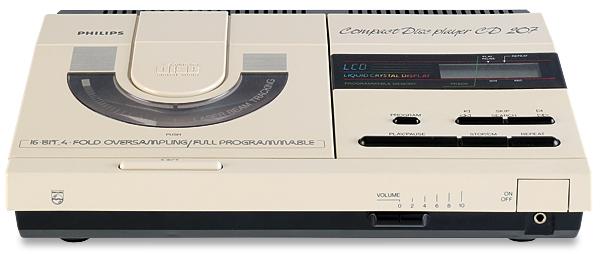
 The aim was to cut costs, yet only by revisiting the tech that kickstarted the company's first entry into the CD market was no performance lost. We fire up this late '80s player
The aim was to cut costs, yet only by revisiting the tech that kickstarted the company's first entry into the CD market was no performance lost. We fire up this late '80s player



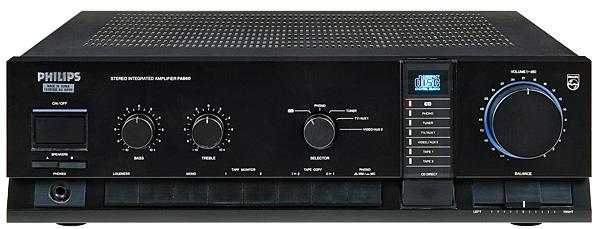
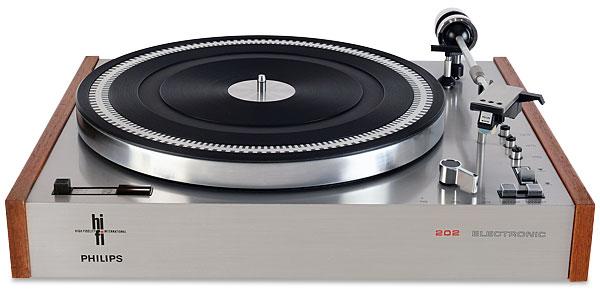


 In an age of bulky carousel and multi-disc cartridge-loading solutions, this Pioneer player combined a single laser mech with dual trays for many hours of uninterrupted listening
In an age of bulky carousel and multi-disc cartridge-loading solutions, this Pioneer player combined a single laser mech with dual trays for many hours of uninterrupted listening
